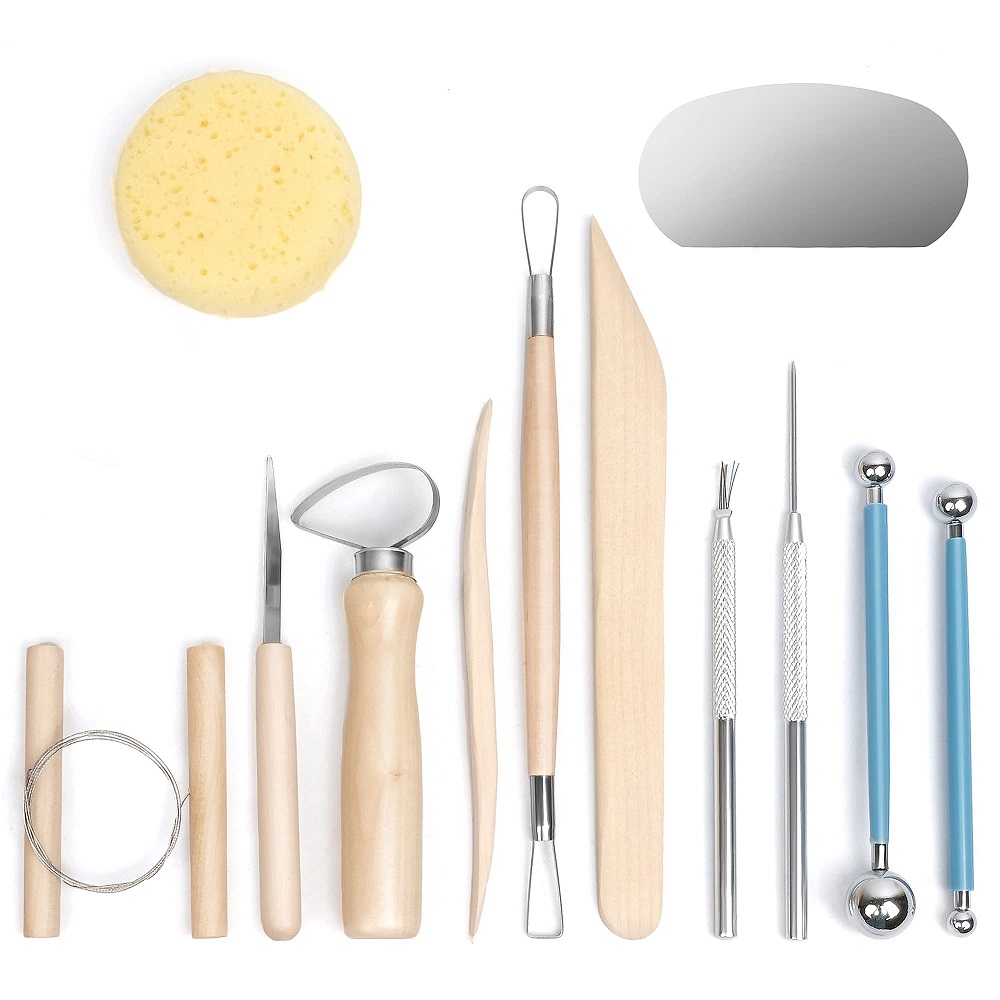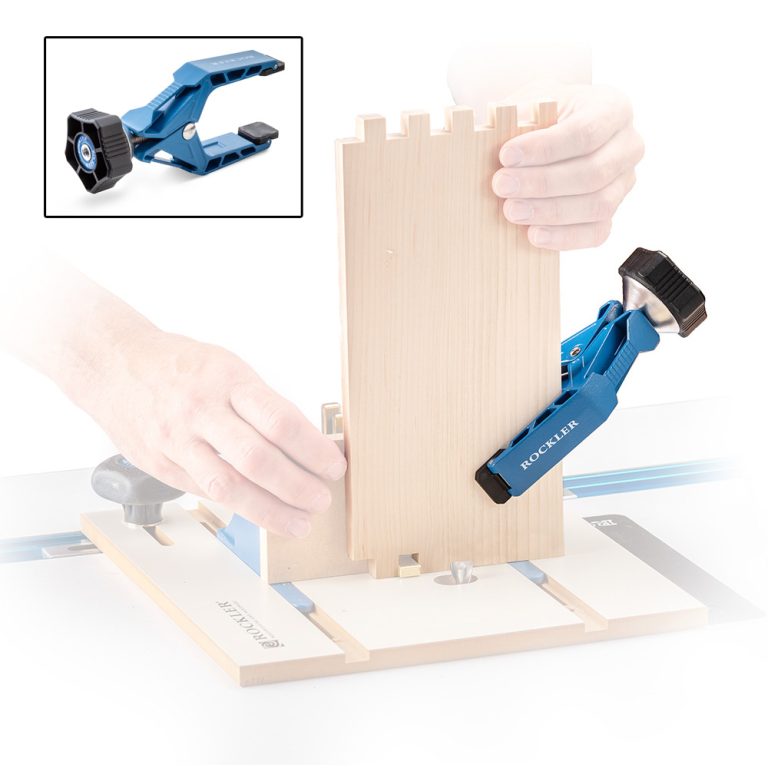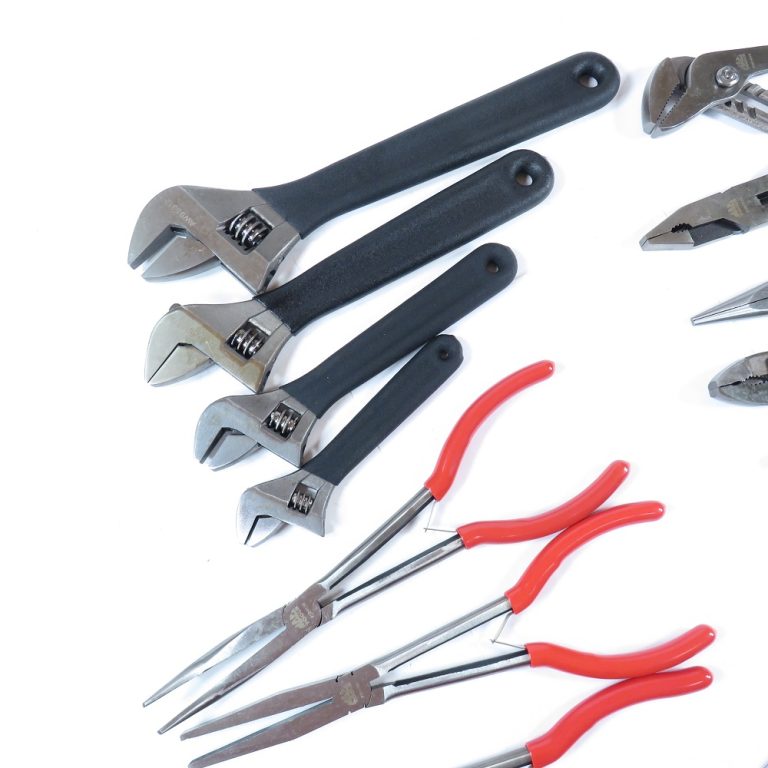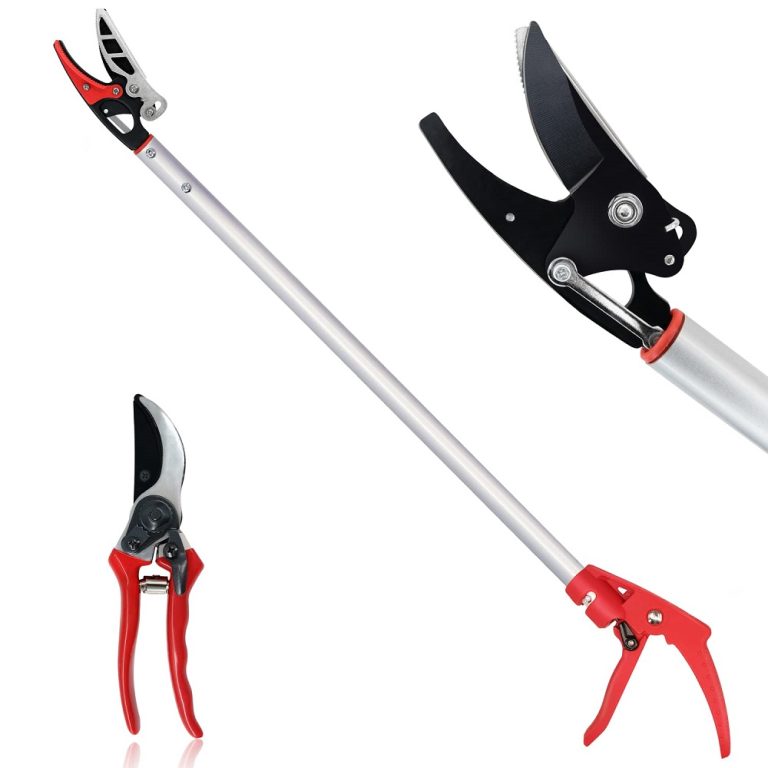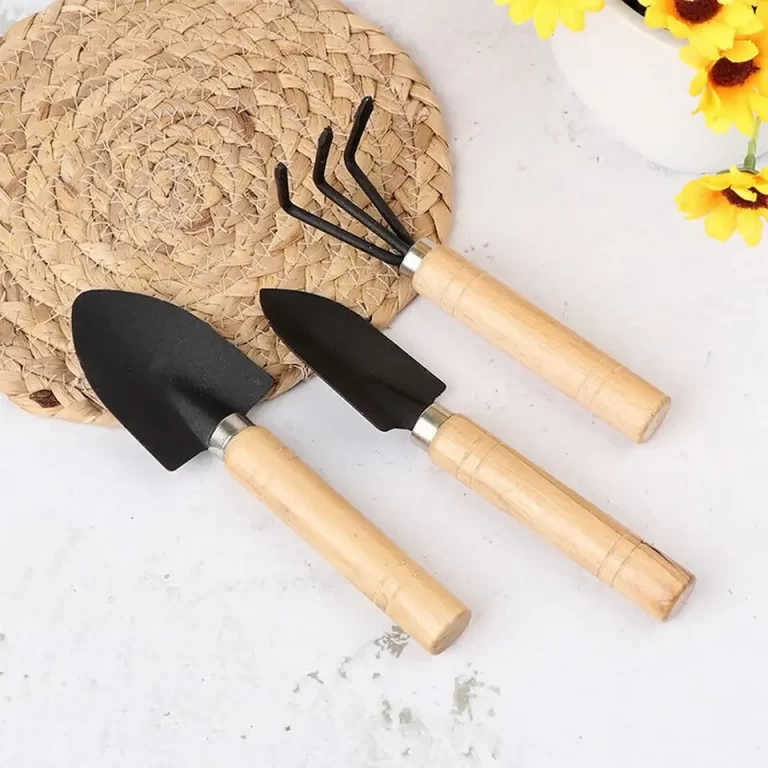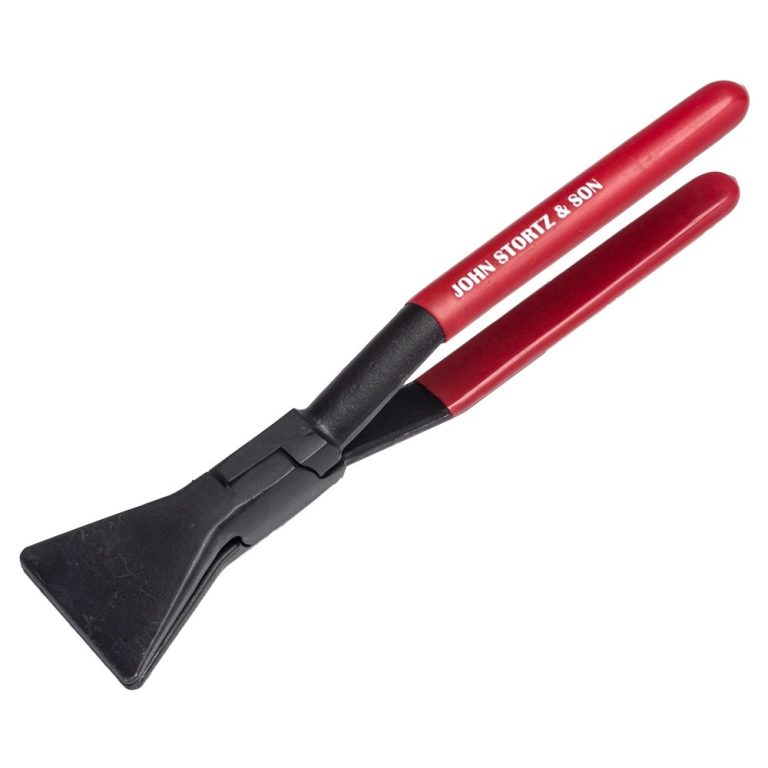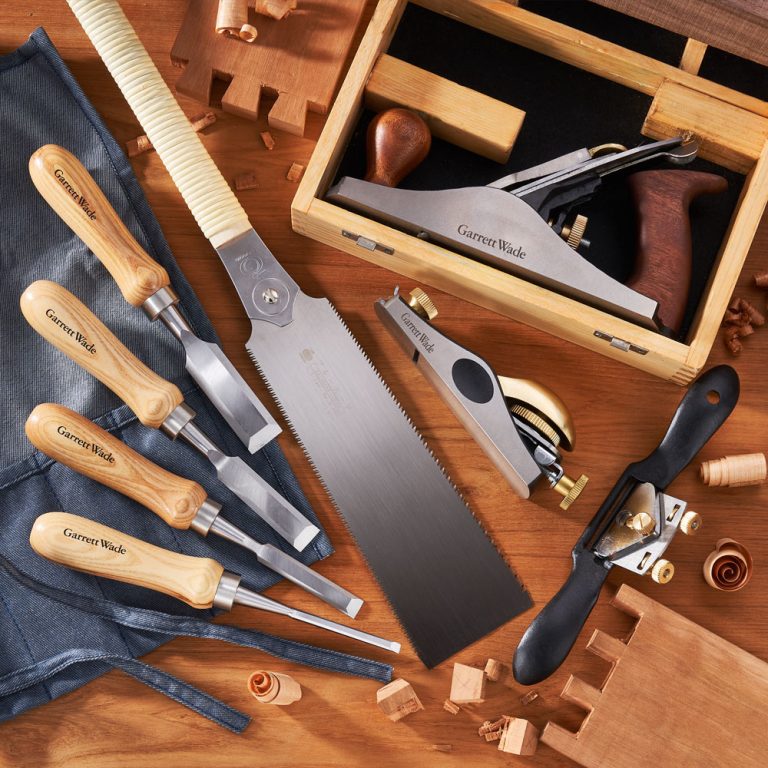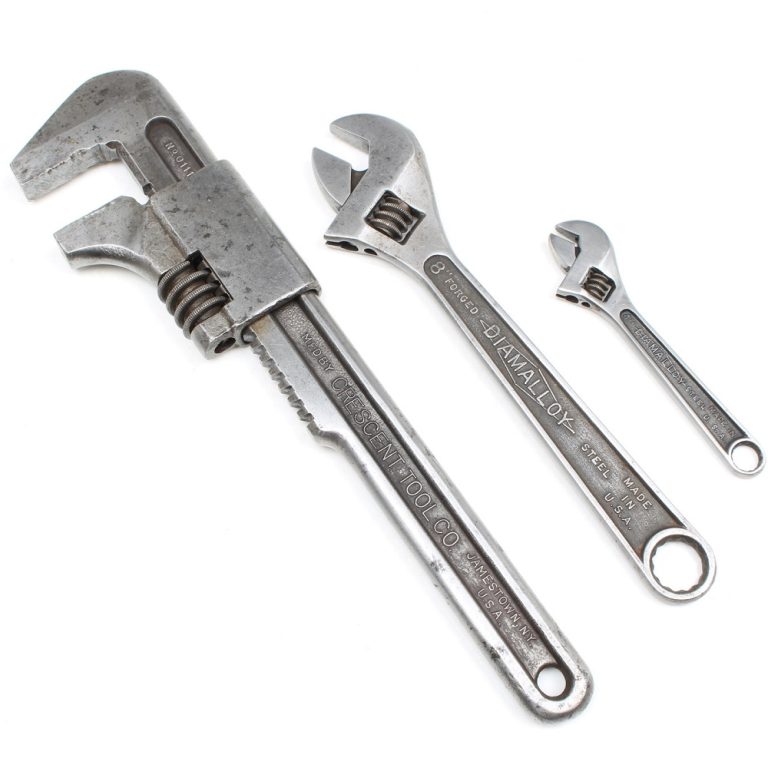Introduction: The Art of Pottery
Understanding Pottery
Pottery is a time-honored craft that combines art and functionality. From decorative items to everyday dinnerware, pottery serves various purposes. The process of shaping clay and transforming it into beautiful objects is both rewarding and therapeutic. To achieve great results, however, having the right pottery tools is essential.
The Importance of Selecting the Right Tools
Choosing the right tools for pottery projects can significantly impact the quality of your work. Each tool serves a specific purpose, making them critical to your creative process. Whether you’re a beginner or an experienced potter, having the proper tools ensures that your projects are executed efficiently and effectively.
Overview of the Article
In this article, we will explore various pottery tools and their functions. We will also provide tips on selecting the right tools based on your needs. Understanding the tools you use can enhance your pottery-making experience and lead to better results.
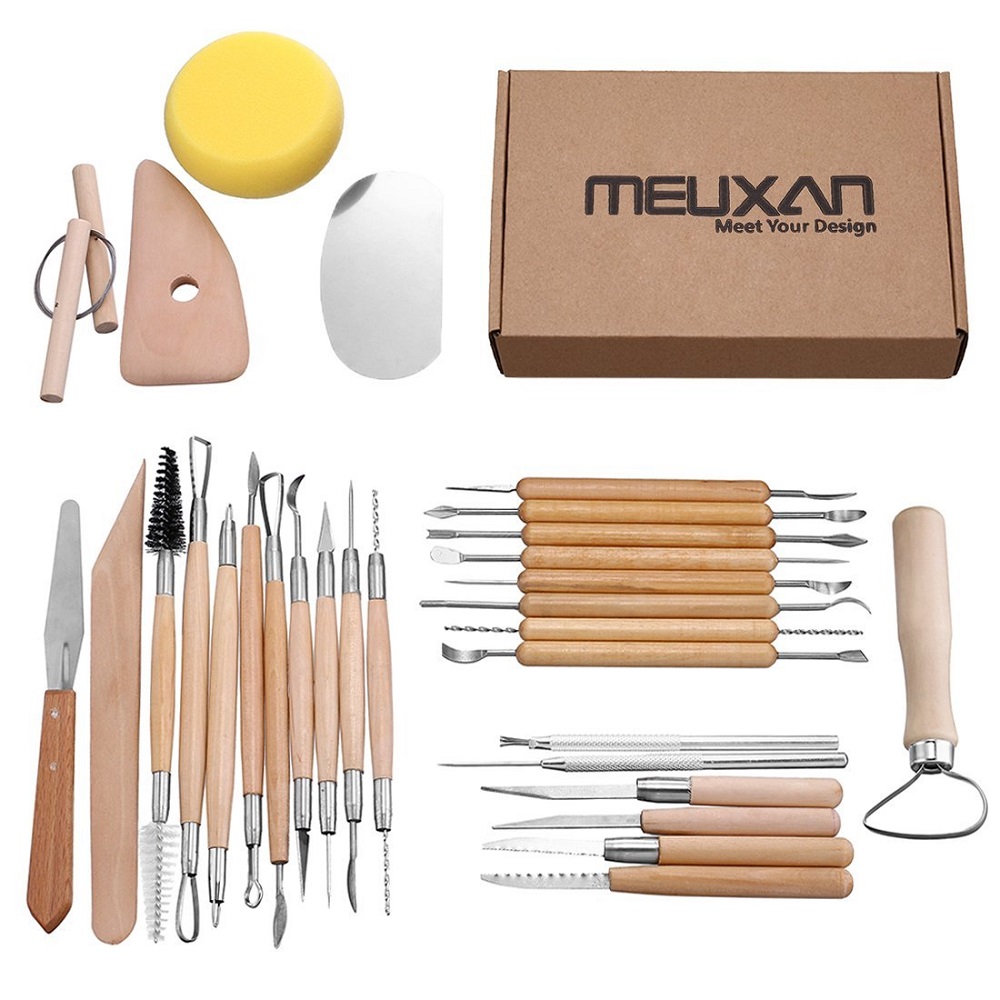
1. Essential Hand Tools
The Basics of Hand Tools
Hand tools are crucial for shaping and refining clay. These tools give you the ability to create intricate designs and ensure precision. Some common hand tools include ribbon tools, wooden modeling tools, and trimming tools.
Ribbon Tools for Detailing
Ribbon tools are versatile and useful for making detailed cuts and textures in your clay. They usually have a thin metal blade and come in various shapes. When choosing a ribbon tool, consider the types of details you want to achieve in your work. A good selection of ribbon tools allows you to explore various techniques.
Wooden Modeling Tools
Wooden modeling tools are perfect for smoothing and shaping clay. These tools are typically flat and have different edges for various effects. They are essential for building forms and refining shapes. When selecting modeling tools, look for different shapes and sizes to expand your creative options.
2. Pottery Wheel Tools
The Role of the Pottery Wheel
A pottery wheel is a central tool for many potters. It allows for the creation of symmetrical forms and shapes, adding an essential dimension to your pottery projects. However, additional tools enhance the experience and final products.
Rib Tools for Smoothing
Rib tools are essential for shaping and smoothing clay on the wheel. They come in different materials, such as plastic and wood. Plastic ribs provide a smooth finish, while wooden ribs can help create texture. Choosing the right rib tool will help you refine your pieces during the throwing process.
Trimming Tools for Finishing
After creating your pottery on the wheel, you will need trimming tools. These tools help refine the shape and remove excess clay. Trimming can ensure that your pieces are both functional and aesthetically pleasing. Invest in a good quality trimming tool that feels comfortable in your hand.
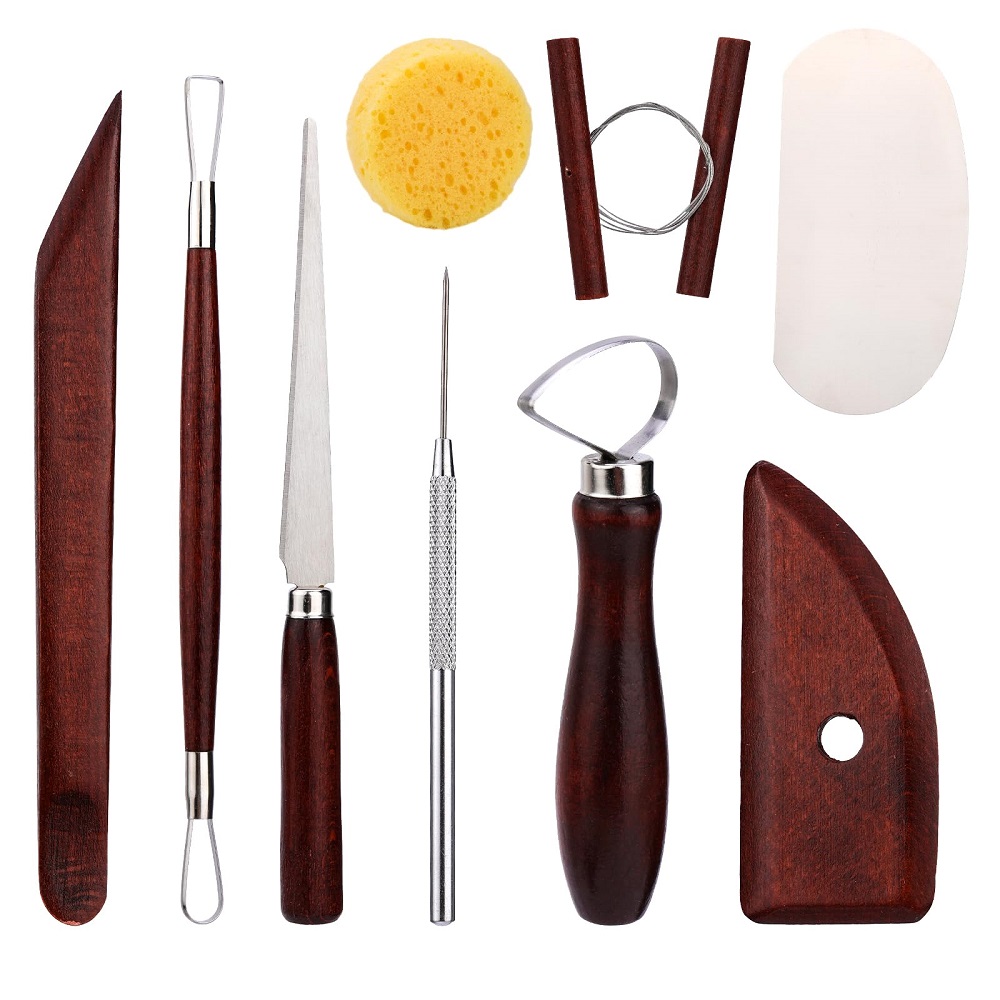
3. Surface Decoration Tools
Exploring Decoration Techniques
Surface decoration is an important aspect of pottery. Techniques like carving, painting, and glazing can enhance the visual appeal of your pieces. Various tools are available specifically designed for these tasks.
Carving Tools for Intricate Designs
Carving tools allow you to create intricate designs on your pottery’s surface. These tools can come in various forms, including loop tools and knives. Depending on the details you want to achieve, selecting the right carving tools will help elevate your artwork.
Brushes for Surface Application
Brushes are essential for applying glazes, underglazes, and slips. Different brush sizes and shapes allow for creative expression in decoration. When choosing brushes, look for ones that can handle both fine details and broader strokes. A well-rounded set of brushes can significantly expand your decorative options.
4. Choosing the Right Clay
Types of Clay Available
The type of clay you choose will affect the tools you need. Different clay bodies have unique properties, such as texture, color, and plasticity. Understanding these properties helps determine the best tools for shaping and refining your projects.
Considerations for Stoneware
Stoneware is known for its durability and versatility. It can be used for functional and decorative pieces. When using stoneware, consider tools that can withstand the stiffness of the material. Sturdy cutting or trimming tools will be essential when working with this type of clay.
Exploring Earthenware and Porcelain
Earthenware is more absorbent and softer than stoneware, making it easier to shape. Porcelain, on the other hand, is known for its fine quality and translates well into delicate work. Each type of clay may require different tools for optimal results. Select tools that cater specifically to the clay you choose to work with.
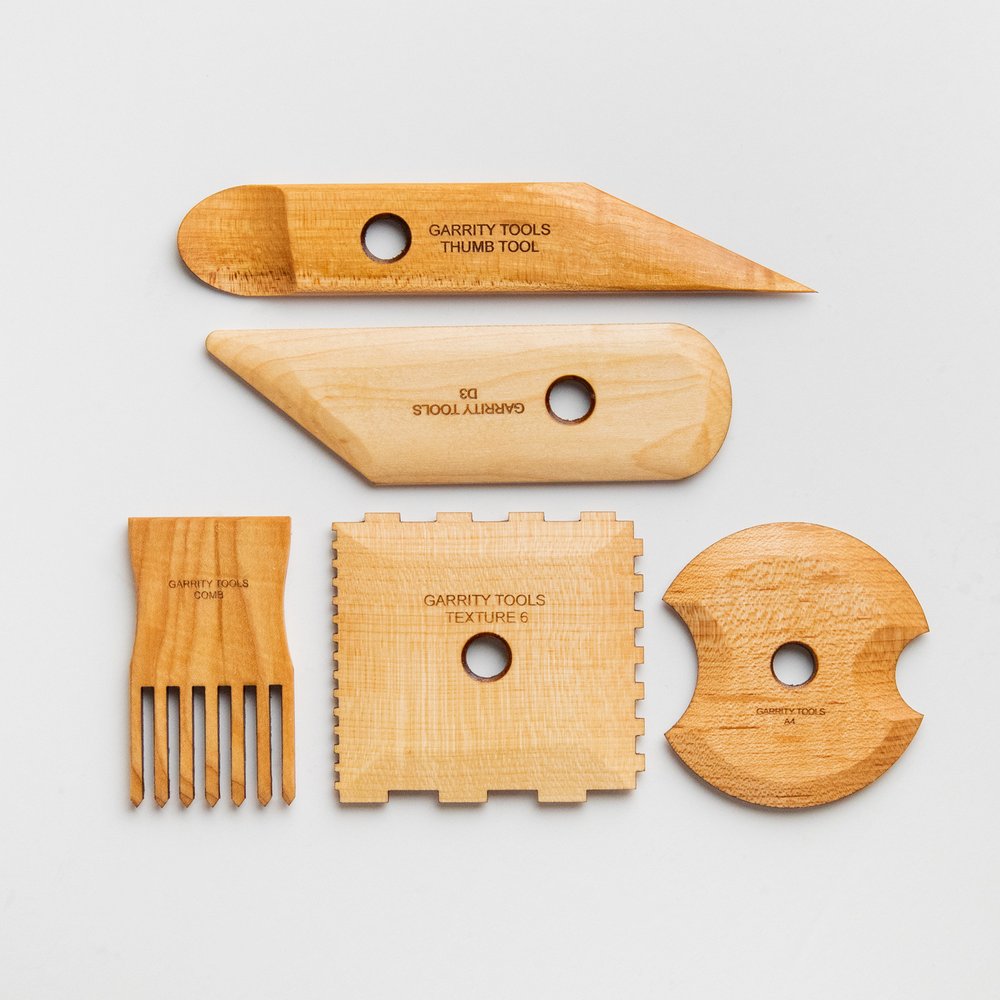
5. Maintaining Your Pottery Tools
Regular Cleaning Practices
Taking care of your pottery tools is essential to ensure they remain in good condition. Regular cleaning prevents clay buildup and preserves the integrity of the tools. After every use, clean your tools thoroughly to maintain their effectiveness.
Proper Storage Solutions
Storing your pottery tools appropriately minimizes the risk of damage. Use toolboxes or designated storage containers to keep them organized. Avoid stacking heavy tools on top of lighter ones to prevent bending or warping. Proper storage habits can enhance the lifespan of your tools.
Repairing Worn Tools
Over time, some tools may become worn or damaged. For example, blades may need sharpening or replacement. Inspect your tools regularly and be proactive about repairs to maintain performance. Properly managing tool maintenance ensures that you have reliable resources at your disposal.
6. Cost Considerations for Pottery Tool
Budgeting for Your Needs
When starting in pottery, it’s essential to have a budget in place. Tool costs can add up quickly, so setting a clear budget helps manage expenses. Prioritize essential tools first, and gradually expand your collection as your skills develop.
Quality vs. Cost
Investing in high-quality tools may require a higher initial expense, but they can be more durable and effective. Lower-priced tools may not provide the same level of performance or longevity. Understanding the balance between quality and cost can significantly impact your pottery experience.
Exploring Discounts and Sales
Keep an eye out for sales events or discounts at pottery supply stores. Many suppliers offer promotions during certain times of the year. Taking advantage of these deals can help you find quality tools at more affordable prices.
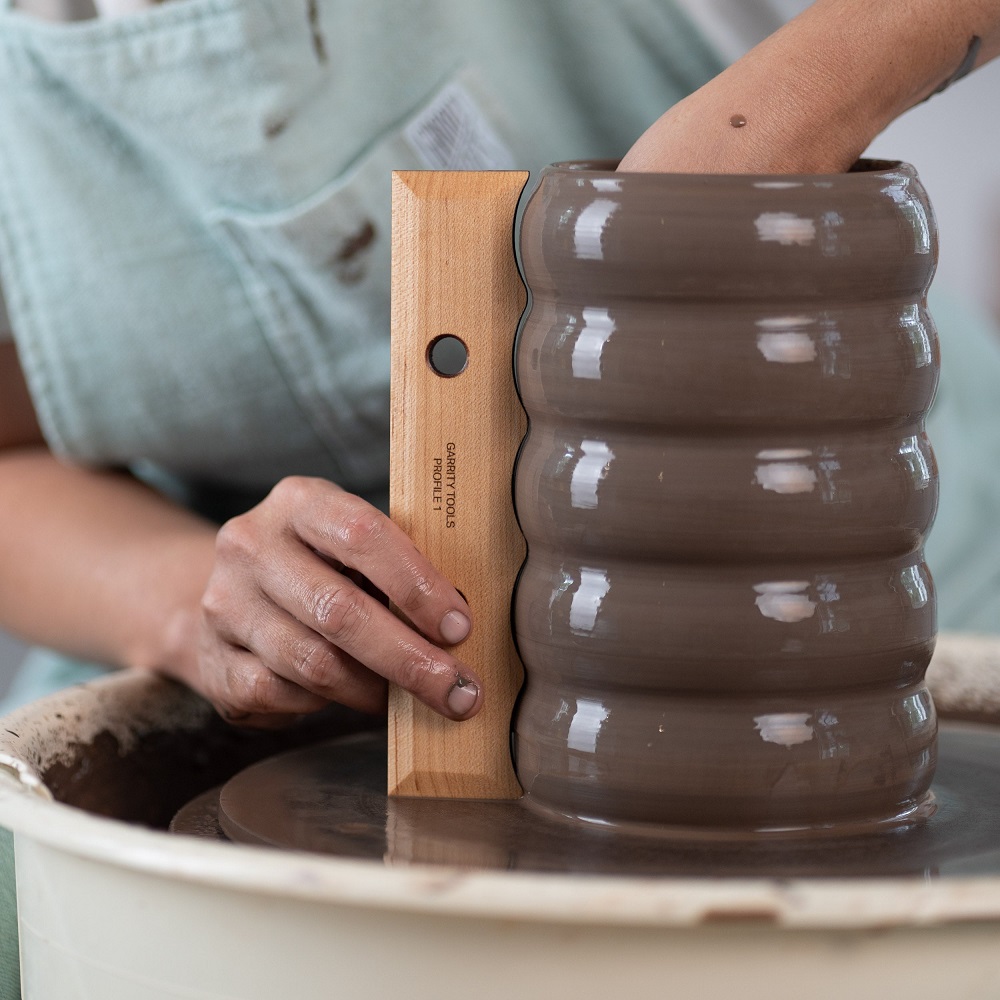
7. Finding the Right Suppliers
Researching Pottery Supply Stores
Selecting reputable suppliers is essential for accessing quality tools and materials. Local pottery supply stores often offer expert advice and personalized service. Engaging with knowledgeable staff can help guide your purchasing decisions.
Online Shopping Options
Many online retailers specialize in pottery supplies. Websites like Blick Art Materials and Deluxe have extensive offerings and convenient shipping options. When purchasing online, be sure to read customer reviews to ensure the quality of products.
Attending Workshops and Shows
Consider attending pottery workshops or craft shows to discover new tools and suppliers. These events allow you to see tools in action and interact with other potters. Engaging with fellow enthusiasts can lead to discovering valuable resources and recommendations.
8. Exploring Pottery Techniques
Hand-Building Techniques
Hand-building is a fundamental technique in pottery that involves shaping clay without a wheel. Using tools like coils, slabs, and pinch pots, you can create a wide variety of functional and decorative pieces. Familiarizing yourself with hand-building techniques allows you to diversify your pottery skills.
Wheel-Throwing Techniques
Wheel throwing is another exciting method of producing pottery. This technique involves shaping clay on a rotating wheel, resulting in symmetrical forms. Understanding the tools required for wheel throwing, such as rib tools and trimming tools, can significantly improve your results.
Surface Decoration Methods
Incorporate various surface decoration methods in your pottery practice. Techniques like slip trailing, carving, and glazing enhance the beauty and uniqueness of your pieces. Discovering different decoration methods will allow you to express creativity and personalize your work.
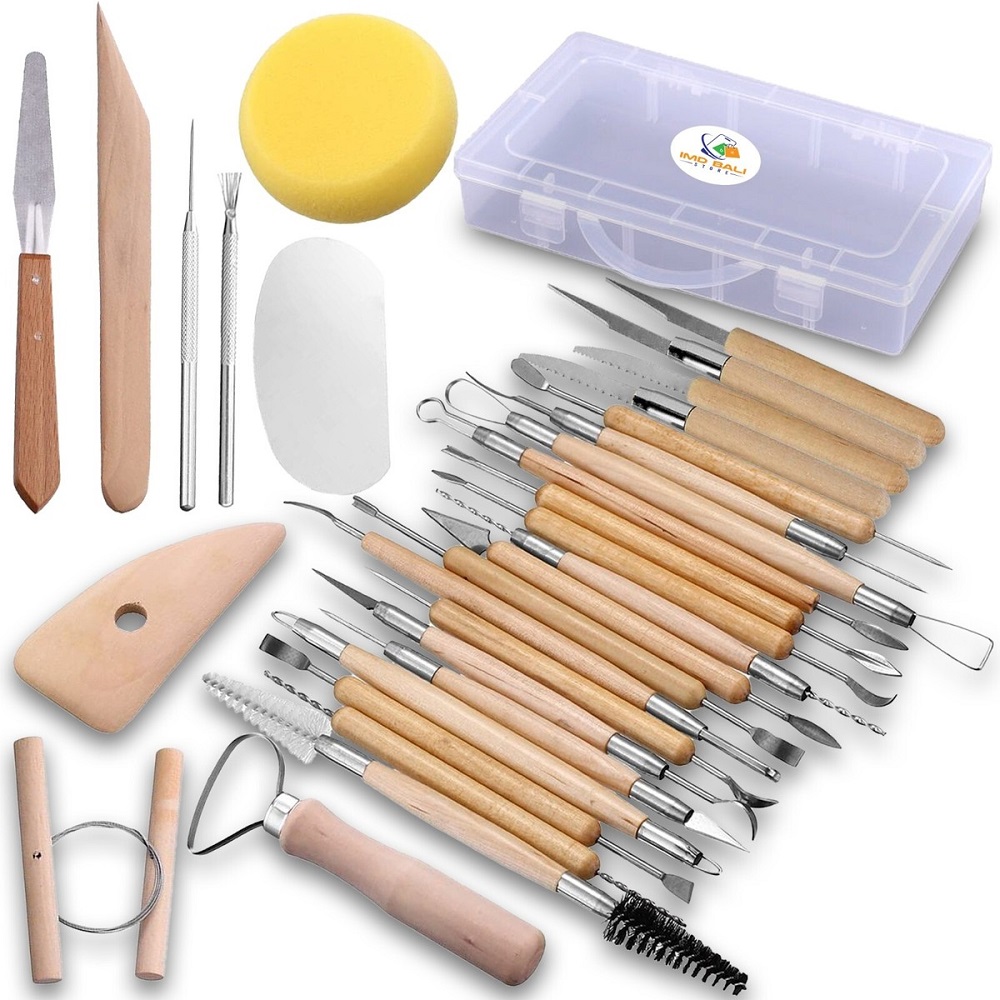
9. Learning from the Experts
Taking Classes and Workshops
Engaging in pottery classes or workshops can significantly enhance your skills. Many pottery studios offer hands-on learning experiences that allow you to explore techniques under the guidance of experienced instructors. This mentorship can provide valuable insight into tool usage and material selections.
Seeking Online Tutorials
If in-person classes are not an option, numerous online resources provide pottery tutorials. Websites offering video lessons can help you learn various techniques and better understand your tools. Online platforms allow you to learn at your own pace, making education accessible to everyone.
Building a Community
Joining pottery clubs or online communities can provide ongoing support and inspiration. These communities often share tips, techniques, and experiences that can enhance your pottery journey. Engaging with other potters fosters a sense of camaraderie and encourages continuous improvement.
10. Environmental Considerations in Pottery
Sustainable Practices
Many potters are embracing sustainable practices to minimize their environmental impact. Using eco-friendly materials and responsible sourcing is becoming increasingly popular. Consider incorporating sustainable practices into your pottery routine to support environmental consciousness.
Reducing Waste
Finding ways to reduce waste during your pottery process is essential. Look for methods to recycle clay scraps and repurpose excess materials. Such approaches contribute to a more sustainable practice and help you get more value from your resources.
Eco-Friendly Tools
Consider investing in eco-friendly pottery tools and equipment. Many suppliers offer options made from sustainable materials or designed to minimize environmental impact. Choosing eco-friendly options not only benefits the environment but can also enhance your personal connection to your art.
11. Capitalizing on Trends in Pottery
Staying Informed About Trends
Pottery is always evolving, and staying informed about current trends is crucial. Exploring popular techniques, styles, and materials can guide your practice toward modern creative expressions.
Exploring New Techniques
Experimenting with current pottery trends can enhance your skillset. Techniques such as marbling, sgraffito, and resin application are becoming increasingly popular. By integrating innovative methods into your practice, you can keep your work fresh and exciting.
Networking at Events
Participating in pottery exhibitions or art fairs allows you to witness emerging trends firsthand. Networking with other artisans can foster inspiration and collaboration. Attend events to engage with the community and stay on top of developments in the pottery world.
FAQ:
1. What essential pottery tools do I need for beginners?
Answer: As a beginner, consider starting with the following essential pottery tools:
- Pottery Wheel: For shaping your clay into forms.
- Clay Cutting Wire: For cutting clay blocks and trimmed pieces.
- Loop Tools: For trimming and shaping, especially for removing excess clay.
- Sponge: To keep your hands and the clay moist while working.
- Pottery Knife or Trimming Knife: For precise cutting and trimming.
- Ribs: For smoothing and shaping the surface of your pottery.
2. How do I choose the right clay for my pottery projects?
Answer: When choosing clay for pottery, consider the following:
- Type of Clay: Different clays—such as earthenware, stoneware, and porcelain—have distinct firing temperatures and properties. Choose based on your project needs (e.g., durability, texture).
- Firing Temperature: Ensure that the clay you select is compatible with your kiln and the firing temperature you plan to use.
- Workability: Some clays are easier to shape and mold than others. Consider starting with a more forgiving clay type for beginner projects.
3. What are the differences between hand-building and wheel-throwing tools?
Answer: Hand-building tools are designed for creating pottery without a wheel, focusing on techniques such as pinching, coiling, and slab-building. Tools like rolling pins and slab rollers are essential for this method. Wheel-throwing tools, on the other hand, are specifically used for shaping clay on a pottery wheel and may include wooden bats, rib tools, and specialized trimming tools. Depending on your preferred technique, select the appropriate tools to enhance your crafting process.
4. How do I maintain and care for my pottery tools?
Answer: Proper maintenance of pottery tools can prolong their life and effectiveness:
- Cleaning: Always clean your tools immediately after use to remove clay residue. Use water and a soft cloth or sponge for cleaning.
- Storage: Store tools in a dry, safe place to prevent them from being damaged or lost. Keep sharp tools in protective cases.
- Regular Inspection: Check for wear and tear on tools, especially cutting or trimming tools, and replace them as needed to ensure best performance.
5. Can I make my own pottery tools, and if so, how?
Answer: Yes, you can make your own pottery tools! Here are some simple DIY ideas:
- Clay Carving Tools: Use wooden dowels or old kitchen utensils to create custom shaping tools.
- Sponge Holder: Cut a piece of foam or sponge into a suitable shape to use as a smoothing tool.
- Ribs: Shape pieces of wood or sturdy plastic into a curved or flat rib tool.
- Rolling Pins: A simple dowel or smooth cylindrical object can serve as a rolling pin for hand-building.
Embrace Your Pottery Journey
Recap of Key Points
Choosing the right pottery tools projects ensures a successful and enjoyable experience. From understanding your measurements to selecting the right materials, each factor contributes to producing high-quality work.
The Value of Continuous Learning
Embrace the journey of continuous learning in pottery. As you explore new techniques, tools, and styles, your skillset will expand. Engaging with the pottery community provides opportunities for growth and inspiration.
Celebrating Your Creative Expression
Ultimately, pottery is an art form that allows for personal expression and creativity. Celebrate your unique style and enjoy the process of creating. With the right tools, including pottery tools kits for different skill levels, and knowledge, your pottery projects can flourish, and your artistic vision can come to life.
